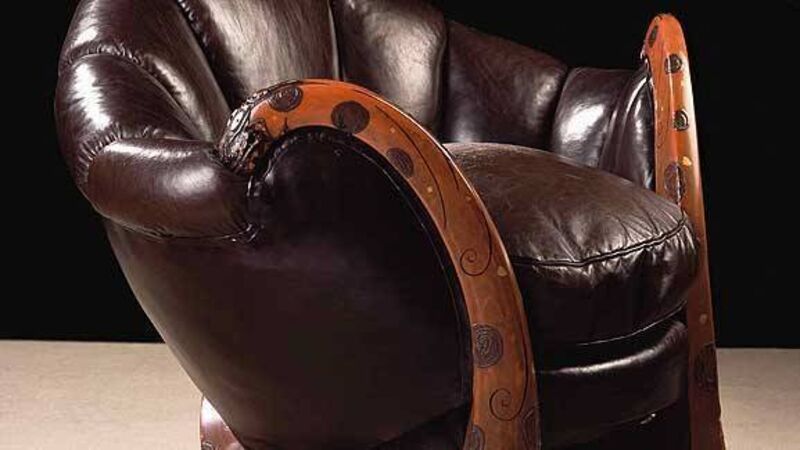Vintage view: Chairs and sofas

WITH the January sales in full swing, chairs and sofas are top of the discount charts. We take these pieces of everyday furniture for granted, but the evolution of the domestic seat remains a fascinating piece of social and design history.
Where you sat, and what you sat on, said who you were in the household, and possibly the kingdom. Just getting off the floor was a sign of your rocketing status, and most people clambered up off straw or rushes spread before the fire onto a modest creaking chest or rustically fashioned stool.













